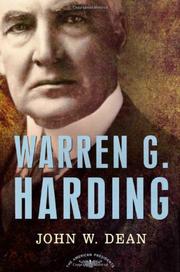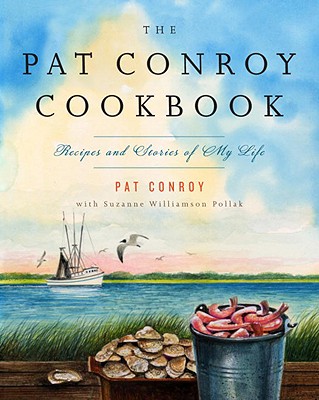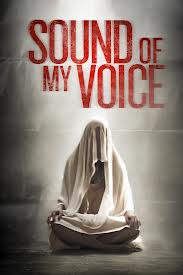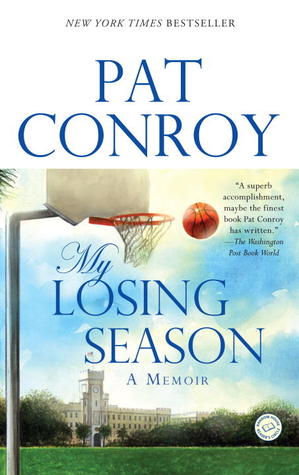Now that I have ordered some presidential biographies from Amazon I get notices about others. These I have been ignoring. But one caught my eye, not because of the president, but rather because of the author: John W. Dean. Think about it.

Given Dean’s experiences I thought that alone might make the book interesting. My only residual knowledge of Harding was the innumerable scandals associated with him. Dean would know about scandalous behavior by a president, I thought.
Get it yet? This is the John Dean of Watergrate, the president’s counsel who would not lie for his president and who kept meticulous notes, and made himself the star witness at the Senate hearings of Sam Ervin. That president was Richard Nixon.
As it happens Dean is from the same town in Ohio as Harding. This book is part of a series edited by Arthur Schlesinger, Jr., so it has two strikes against it. It is written to a series template, and it has Schlesinger’s name associated with it. Many of the authors in this series are interesting but odd choices, for example, the novelist Louis Auchincloss on Theodore Roosevelt, television newsman Douglas Brinkley on John F. Kennedy, and presidential aspirant Gary Hart on James Monroe. It also includes one title I have already read, James Madison by Gary Wills. None of these authors is a scholar, though Wills is a man of penetrating insight, Auchincloss a fine writer, Hart is from Colorado, and Brinkley used to talk to Chet Huntley (his associate on the national news).
I will say something about the book itself at the end, but for now let’s see what can gleaned about Warren G. Harding. He was a middle class, small town newspaper editor and owner. He was a born networker who genuinely liked people with an organized mind and a good memory for faces. He avoided conflict and seldom took sides. He was handsome and commanding in his physique. Sounds a perfect Libra! Though he was born on 2 November.
How did he become president? His own political career began in Marion Ohio then to the Ohio legislature, then lieutenant governor, then U.S. Senator, where the personal qualities mentioned above stood him in good stead. Ohio was solidly Democratic but Harding was a Republican. In that smaller talent pool, he looked good. At each stop along this cursus honorum he travelled widely and spoke to any gathering, mostly Republicans.
Nationally the situation was vexed. Teddy Roosevelt’s efforts to regain the Republican nomination in 1912 had rent the Grand Old Party. William Howard Taft and Charles Evans Hughes who had run against Woodrow Wilson had been unable to heal and unite it. But when Wilson had a debilitating heart attack in 1919, the Democrats were leaderless, too.
In that gap Harding emerged. He got the Republican nomination on the tenth ballot after three days. By then there was pressure to choose someone and he was inoffensive, and no doubt some like Mark Hanna, the eminence gris of Ohio politics smoothed the way. When it was clear that Wilson would not seek an unprecedented third term, and that had been bruited about for a time, James Cox got the Democratic nomination. James who? More important than James was his vice presidential running mate. One Franklin D. Roosevelt. But I digress.
It was an Ohio affair between the Senator from Ohio, Harding, and the incumbent governor of Ohio, James Cox. Eugene Debs was on the Socialist ticket and got nearly a million votes from a jail cell in Atlanta. H. L. Mencken once said Debs spoke with a tongue of fire, but that is another story.
Harding took the oath of office in March 1921. He convinced Charles Evans Hughes to serve as Secretary of State, and let him get on with the job. Hughes tried to integrate the United States into world affairs to repair the damage done in the struggle for the League of Nations.
One of Harding’s best and most lasting achievements was to create the Bureau of the Budget with a director appointed by the president with the advice and consent of the Senate who reports directly to the President. The President submits a budget to Congress which then amends it into an unrecognizable form to accommodate the interests of the constituents of the majority of Representatives and Senators. Congress sends it back to the White House, and then the serious negotiations begin. It is a fiction because after all the sound and fury there was never any check on how the money was spent. Indeed there was no way of knowing if it had been spent or on what. With his experience as a small businessman Harding did not like that and much to his credit he created this small but powerful and independent agency. But… It came back to haunt him.
The only thing I knew about the Harding Administration was the Teapot Dome scandal. It seems that three of Harding’s cabinet, at least, used the public trust of their offices to defraud the government in a big way. All were alike in a way, they sold government assets (which had ballooned during World War I) at unbelieveable prices to old pals in business and got enormous kickbacks, sometimes delivered in $100,000 units in black Gladstone bags to the office. Subtle, not!
The Bureau of the Budget did notice the decline in government assets valued at millions for peppercorn returns. The Bureau of the Budget did draw the President’s attention to these events several times. Dean has it that Harding tried to persuade the malfactors to stop. Others say, my source is Wikipedia, that he had long experience of doing the same. In any event, they did not stop, and the press got the news and passed it on. Think what the Sage of Baltimore had to say! (That is H. L. Mencken for the slow wits.)
Once one scandal was examined, it lead to another, and another. And it all unravelled.
While in San Francisco, Harding died in office of a heart attach at age 59 in August 1923 at the height of the Roaring Twenties, succeeded by Vice President Calvin Coolidge. From San Francesco, Florence Harding, herself very ill, by telegraph asked an Ohio confidante in the White House to burn Harding’s files. Dean has it that she did this to protect President Harding’s reputation. There is much speculation about why she did this. And that is all it is: speculation, just what passes for news today on the ABC. There is also speculation that she killed him.
The fact is that papers were burned in those days before presidential libraries. But the confidante did not burn everything, and again there is no evidence to explain why. Many boxes were stored in the third basement of the White House coming to light years later when restoration were done. In time these papers found their way to the Harding Association in Ohio in the middle of the 1960s they were catalogued and available.
However there is no evidence that Dean consulted these papers. This book is not based on original research in any sense of the term ‘original.’ Rather it is a synthesis of the existing biographies of Harding, with a slant toward rescuing the reputation of this fellow Ohioan and fellow Republican. Too often the conclusions that rehabilitate Harding seem to come from the air. The strongest claim Dean can make to defend Harding from culpable knowledge, if nothing more, is the absence of evidence. But as that other Republican ideologue Donald Rumsfeld, with whom I once crossed a street in Washington D C, said: the absence of evidence is not the evidence of absence. Instead the book tries to cloak Harding in some kind of mist. More pages are spent on his ineffectual and inconsequential dealings with some matters that appeal to contemporary sensibilities, like race relations, than the core matters of his administration.
The book is replete with clichés that neither describe nor explain, like ‘party elders,’ ‘tough going,’ etc. I am sure lawyer Dean is expert at briefs, but sustaining a narrative for 150 pages without lapsing into the vagaries of cliché is a different discipline. Anything that exonerates Harding is taken at face value and anything that does not is clouded over with doubts. Perhaps this is a courtroom tactics but it fails on the page.



